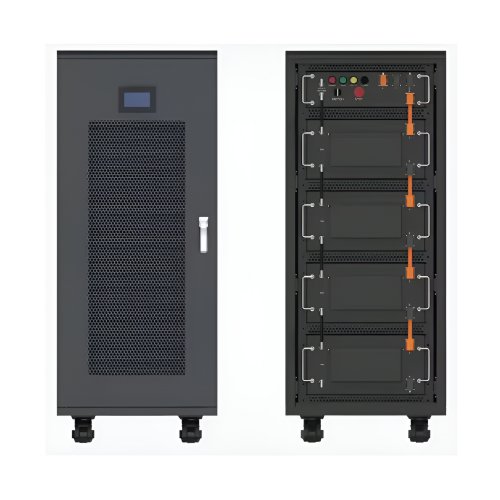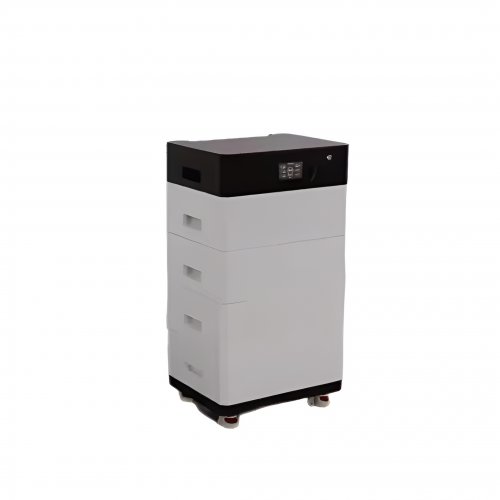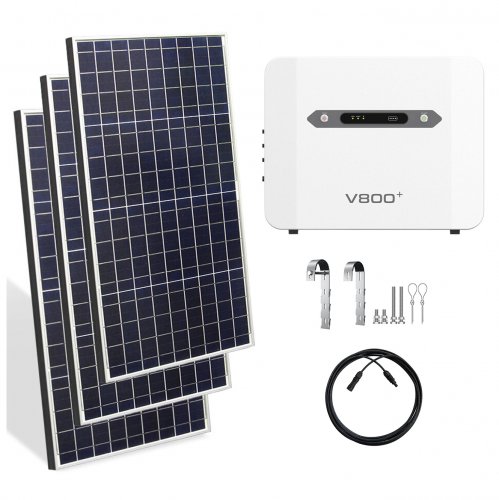Advances In Thermal Stability: Novel Materials, Characterization Techniques, And Future Directions
Thermal stability—the ability of a material to retain its desired physical, chemical, and structural properties at elevated temperatures—is a cornerstone property for a vast array of technologies. From the aerospace alloys in jet engines to the organic layers in light-emitting diodes (OLEDs) and the electrolytes in lithium-ion batteries, performance degradation at high temperatures remains a critical bottleneck. Recent years have witnessed significant interdisciplinary advances aimed at understanding, predicting, and ultimately enhancing thermal stability, moving from traditional trial-and-error approaches to a more rational design paradigm.
Novel Material Systems with Enhanced Thermal Resilience
A primary frontier of research involves the development of new material classes with intrinsically high thermal stability. Among these, high-entropy alloys (HEAs) and ultra-high-temperature ceramics (UHTCs) have garnered immense attention. HEAs, comprising five or more principal elements in near-equimolar ratios, benefit from high configurational entropy, which can significantly retard atomic diffusion and slow down phase separation at high temperatures. Recent work by George et al. demonstrated a novel Co-Cr-Ni-Ta-Al HEA that maintains exceptional mechanical strength beyond 1100°C, a property attributed to the formation of stable, coherent nanoprecipitates that impede dislocation motion [1].
Similarly, UHTCs like zirconium diboride (ZrB2) and hafnium carbide (HfC) are being enhanced through composite approaches. The introduction of silicon carbide (SiC) or carbon nanotubes (CNTs) as secondary phases has proven effective in improving oxidation resistance and fracture toughness, key limitations for applications in hypersonic vehicle leading edges. A 2023 study showed that a graphene nano-platelet reinforced HfC composite exhibited a 40% reduction in oxidation rate at 2000°C compared to its monolithic counterpart [2].
In the realm of soft materials and polymers, which are notoriously susceptible to thermal degradation, innovative strategies are also emerging. The incorporation of dynamic covalent bonds, such as Diels-Alder adducts or boronic esters, into polymer networks has led to the development of vitrimers. These materials can undergo topological rearrangement under heat without losing their network integrity, allowing them to be reshaped while maintaining excellent mechanical properties and solvent resistance. Furthermore, the use of nanofillers like cellulose nanocrystals or MXenes has been shown to significantly raise the glass transition and decomposition temperatures of polymer composites by restricting chain mobility.
Breakthroughs in Characterization and Predictive Modeling
Parallel to material synthesis, breakthroughs inin-situcharacterization techniques are providing unprecedented insights into degradation mechanisms. Traditional thermogravimetric analysis (TGA) and differential scanning calorimetry (DSC) are now being coupled with advanced spectroscopy and microscopy. For instance,in-situenvironmental transmission electron microscopy (ETEM) allows for the direct observation of microstructural evolution, such as grain growth, precipitate coarsening, or oxide scale formation, in real-time under controlled atmospheres and at high temperatures [3]. This provides direct visual evidence of failure initiation points.
Furthermore, the integration of machine learning (ML) and artificial intelligence (AI) is revolutionizing the prediction of thermal properties. ML models trained on vast materials databases can now predict the decomposition temperature or glass transition temperature of novel polymers or inorganic compounds with surprising accuracy, guiding experimental efforts towards the most promising candidates. These models can identify non-intuitive compositional descriptors or elemental combinations that correlate with extreme thermal stability, accelerating the discovery process beyond human intuition.
Future Outlook and Challenges
The future of thermal stability research is poised to become even more sophisticated and integrated. Several key directions are emerging:
1. Multi-Stimuli Stable Materials: The next generation of materials will need to be stable not only under thermal stress but also under simultaneous exposure to oxygen, moisture, radiation, and mechanical load. Research will focus on understanding these synergistic degradation pathways. 2. Bio-Inspired and Architected Materials: Learning from nature, such as the hierarchical and graded structure of abalone shells, offers a blueprint for combining organic and inorganic phases to achieve toughness and stability. Additive manufacturing (3D printing) will be crucial to fabricate such complex, architectured materials with tailored thermal properties. 3. Advanced Coatings and Surface Engineering: For many bulk materials, achieving full-body thermal stability is economically and practically challenging. The development of multifunctional, nanolaminate coatings that provide a diffusion barrier against oxygen and other corrosive species will be a critical area of development for protecting underlying substrates. 4. Integration with Operando Data and Digital Twins: The concept of a "digital twin"—a virtual replica of a material or component—fed by real-timeoperandosensor data (e.g., temperature, strain) could enable predictive maintenance and lifetime forecasting for critical high-temperature systems, from power turbines to chemical reactors.
In conclusion, the field of thermal stability is rapidly evolving from a passive material property to an active design parameter. Through the synergistic combination of novel material concepts, cutting-edge characterization, and data-driven science, researchers are developing a fundamental understanding of degradation and creating a new toolkit for engineering materials that can withstand the extreme environments of tomorrow's technology.
References
[1] George, E. P., et al. (2022). "A high-entropy alloy with exceptional high-temperature strength via coherent nanoprecipitation."Nature Materials, 21(4), 421-428. [2] Zhang, Y., et al. (2023). "Graphene nanoplatelet reinforced HfC composite with superior oxidation resistance for ultra-high temperature applications."Acta Materialia, 245, 118653. [3] Yuan, W., et al. (2021). "In-situ TEM observation of oxide scale evolution on a Ni-based superalloy under elevated temperature."Corrosion Science, 189, 109569.
Customized/OEM/ODM Service
HomSolar Supports Lifepo4 battery pack customization/OEM/ODM service, welcome to contact us and tell us your needs.


HomSolar: Your One-stop LiFePO4 Battery Pack & ESS Solution Manufacturer
Our line of LiFePO4 (LFP) batteries offer a solution to demanding applications that require a lighter weight, longer life, and higher capacity battery. Features include advanced battery management systems (BMS), Bluetooth® communication and active intelligent monitoring.

Customised Lithium Iron Phosphate Battery Casing
ABS plastic housing, aluminium housing, stainless steel housing and iron housing are available, and can also be designed and customised according to your needs.

HomSolar Smart BMS
Intelligent Battery Management System for HomSolar Energy Storage System. Bluetooth, temperature sensor, LCD display, CAN interface, UART interface also available.


Terminals & Plugs Can Be Customized
A wide range of terminals and plugs can be customised to suit the application needs of your battery products.

Well-designed Solutions for Energy Storage Systems
We will design the perfect energy storage system solution according to your needs, so that you can easily solve the specific industry applications of battery products.



About Our Battery Cells
Our energy storage system products use brand new grade A LiFePO4 cells with a battery lifespan of more than 4,000 charge/discharge cycles.



Applications in Different Industries
We supply customized & OEM battery pack, assemble cells with wiring, fuse and plastic cover, all the cell wires connected to PCB plug or built BMS.
Applications: E-bike, Electric Scooter, Golf Carts, RV, Electric Wheelchair, Electric Tools, Robot Cleaner, Robot Sweeper, Solar Energy Storage System, Emergency Light, Solar Power Light, Medical Equipment, UPS Backup Power Supply.
We can provide you with customized services. We have the ability to provide a vertical supply chain, from single cells to pack/module and to a complete power solution with BMS, etc.


HomSolar (Shenzhen) Technology Co., Ltd
























